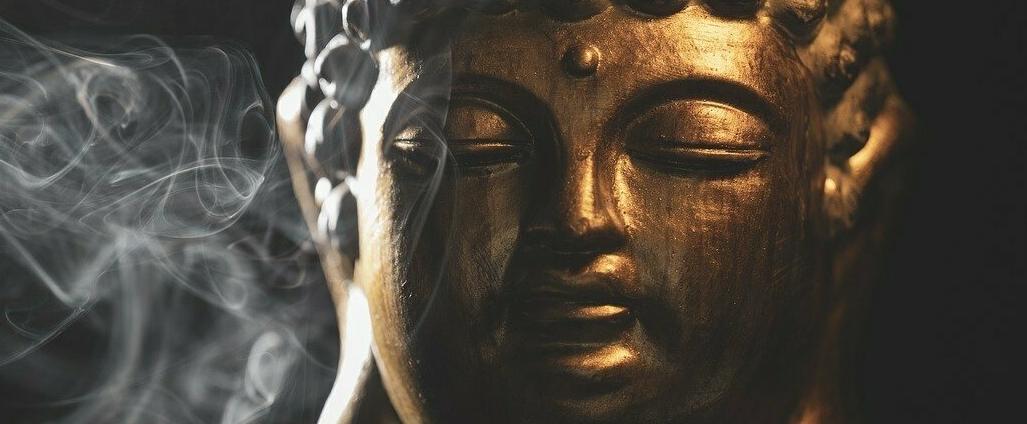
Zen Aromas and Temple Scents: A Fragrance Journey Through the Art of Japan
From sacred temple ceremonies to modern incense: Japanese fragrance culture looks back on thousands of years of history. Deeply rooted in spiritual tradition and aesthetic sensibility, this article takes you on a journey into the fragrance landscape of the Land of the Rising Sun.
Kōdō and the magic of incense
One of the most interesting aspects of Japanese fragrance culture is the art of kōdō, which literally means "path of fragrances". Kōdō connects the mind with the subtle scent paths and the art forms of incense burning. It is about appreciating incense burning as an art form, not only for its beguiling fragrance, but also as a spiritual and aesthetic experience. Over the centuries, kōdō developed into an art form in its own right, which was passed on by various schools and masters. But first, let's take a look back...
It is believed that incense sticks ("Koh") came to Japan along with Buddhism in the 6th century. At this time, India, China and Japan were flourishing as advanced civilizations with a rich history and deeply rooted traditions. Initially, incense burning was limited to Buddhist ceremonies. The incense, consisting of fragrant woods, spices and herbs, was sprinkled on ashes to spread its intoxicating aromas. Buddhist monks used it as an offering during ritual ceremonies and to purify their sacred sites. It was believed that this would invoke the presence of Buddha and help spread his faith.
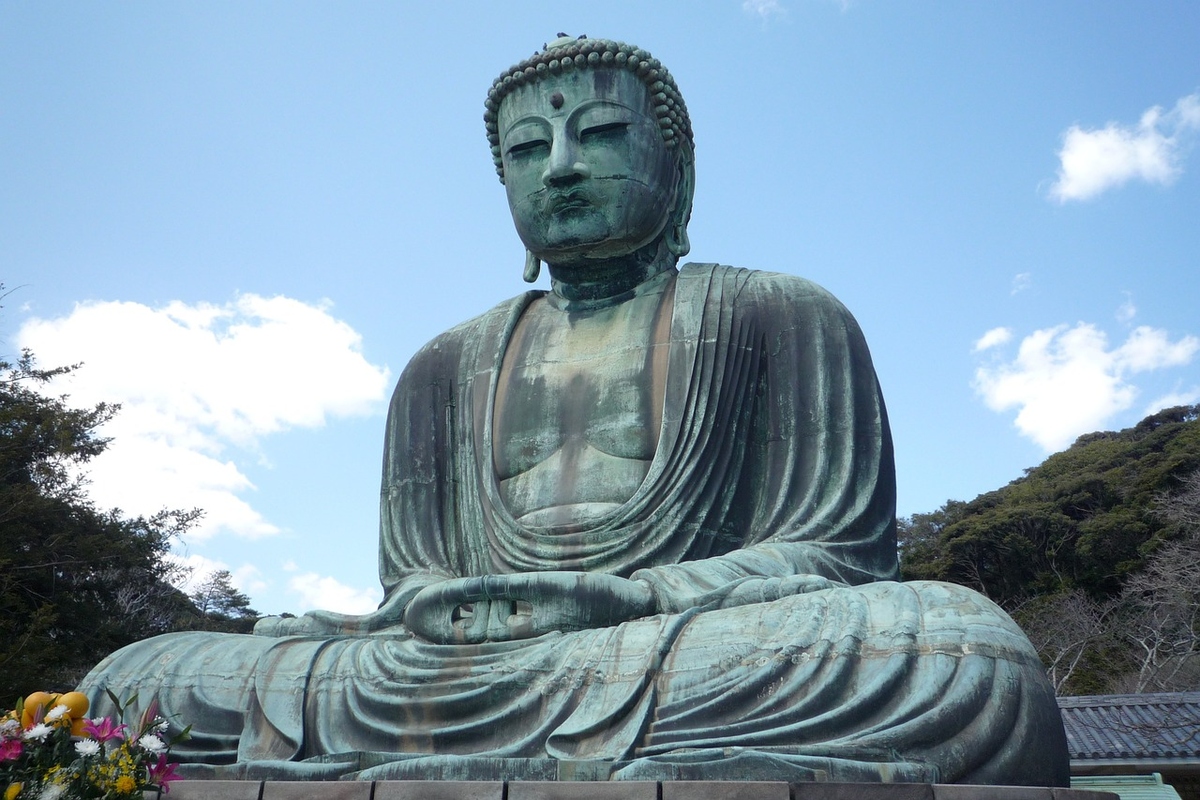
The Heian period: Cultivation at the Imperial Court
In the Heian period (794 to 1185), a time of cultural prosperity and political stability, smoking became a cultivated pastime at the imperial court in the capital Heian-kyō (today's Kyoto).
To perfume clothes, they were hung overnight over a large basket or stand made of bamboo or metal, which was placed over a vessel containing incense balls. Hair and rooms were also scented, for example. Court ladies and courtesans burned precious scented woods such as eaglewood in gilded boxes to give their hair a pleasantly fragrant scent while they slept. However, all this was not just for pure enjoyment. Incense also served a practical purpose, as it masked unpleasant odors.
Instead of love letters, scented sachets called "nioi bukuro" were made from precious kimono silk and given as gifts. The fragrance that these sachets exuded was known as "oikaze", the "passing wind".
Competitions were also popular at this time, in which various objects such as plants, shells or poems were compared. A popular practice was "takimono awase", where people mixed and tried out scents together. The participants were often inspired by poetic episodes from the novel "The Tale of Prince Genji" and wrote their own poems. A scented powder was mixed into a paste, which was formed into small balls, the so-called 'neri-kō'. The incense was then compared with each other and a winner was chosen.
Fragrance enjoyment in the Kamakura period
The Kamakura period (1185 to 1333) marked the rise of the warrior class and the end of imperial rule in Japan. Zen Buddhism also gained influence during this time. Zen emphasizes the importance of meditation and appreciation of the beauty of the moment. The refinement of the senses, including smell, was seen as a means of deepening spiritual experience.
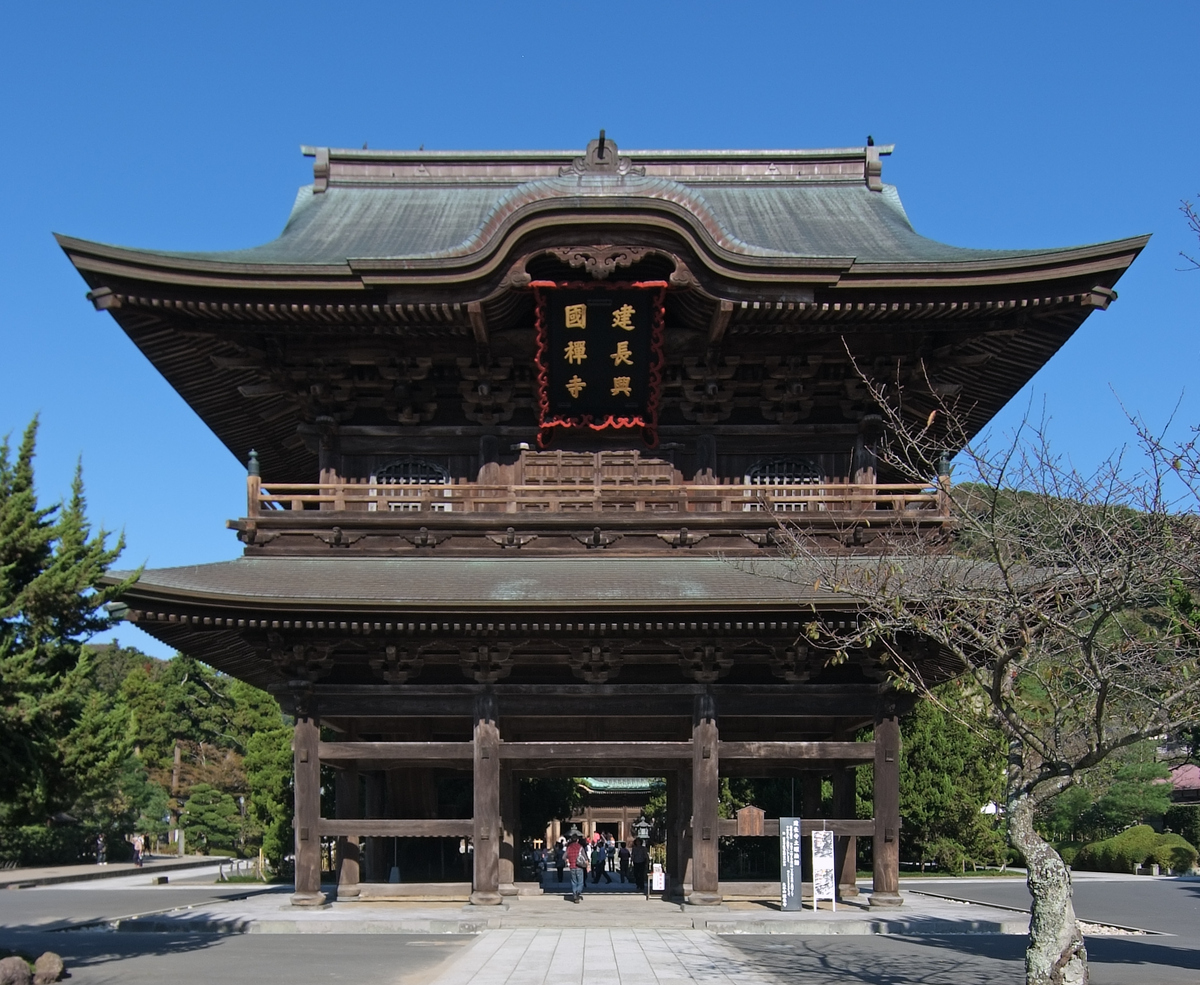
While the scenting of clothing and rooms became less important, the enjoyment of the scent of "jinkô" (eagle wood) became the focus. Incense lovers began to specifically collect fragrant woods and use them in scenting games. A significant innovation was the introduction of heat-resistant mica flakes from China. These were placed over a glowing piece of coal, which prevented the wood from burning but released its aromatic substances when heated. Each piece of jinkō has its own unique fragrance. the challenge now was to identify these different scents.
Eaglewood is one of the most expensive fragrances in the world due to its rare origin and the complex harvesting and extraction process. The unique scent of eaglewood only unfolds when the Aquilaria tree is attacked by parasites or fungi and secretes a precious resin as a defensive reaction. Its fragrance is often described as "yūgen" in Japanese, which can be translated as "mystical" or "unfathomable". Unfortunately, the high demand for this precious raw material has also meant that the eaglewood population is now endangered.
The heyday of the art of fragrancing
The Muromachi period (1336-1573) in Japan was not only characterized by political upheaval and social change, which led to the emergence of the Ashikaga shogunate. It also brought with it a cultural and artistic upswing. The tea ceremony and the No theater in particular flourished during this period.
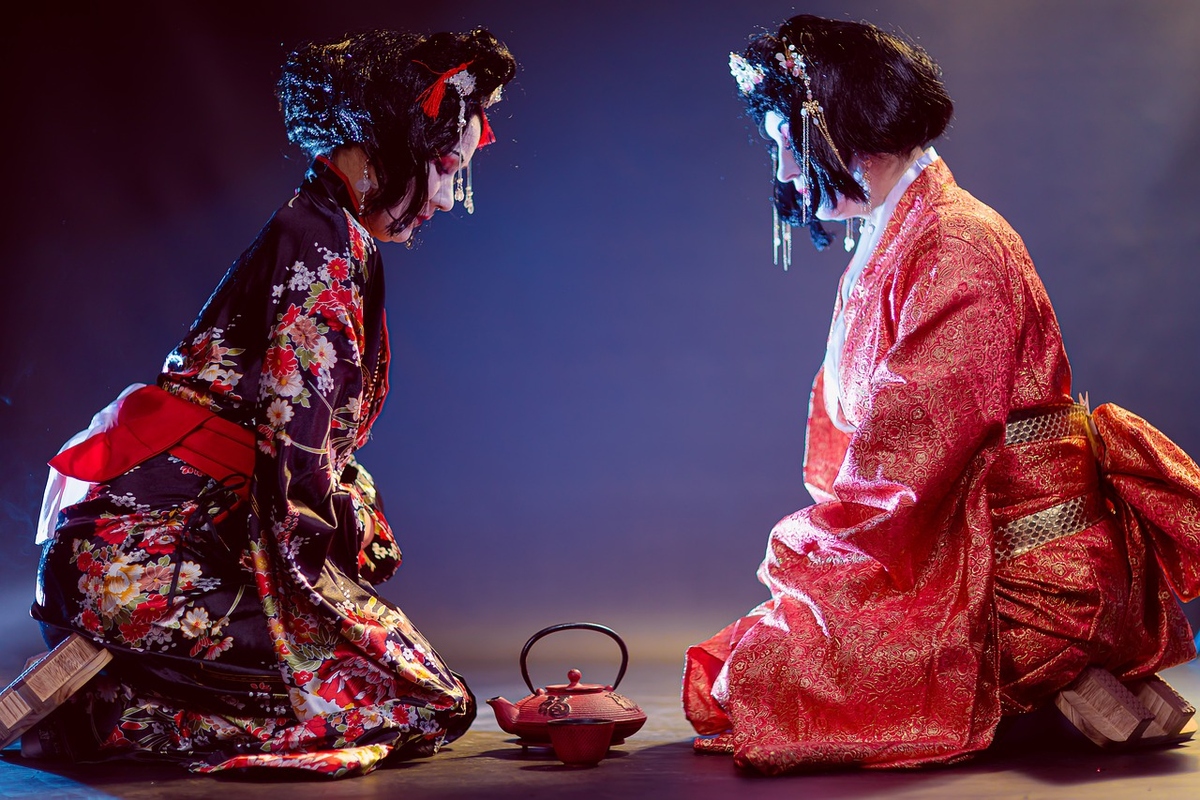
Fragrance competitions were popular with both the court nobility and the samurai. Ashikaga Yoshimasa supported this development by commissioning the classification and evaluation of incense. Thus kōdō developed into an established art form with numerous rules and varieties. The term "listening to scent" ("kō o kiku" or "monkō'"), which goes back to a Buddhist sutra passage, was coined during this time. In Japan, the art of attentively perceiving the scent of a wood and appreciating its olfactory qualities is considered the path to perfection and inner cultivation.
During the Edo period (1603-1867), the art of fragrance was now practiced throughout Japan alongside the tea ceremony and ikebana (the art of flower arranging) and also attracted the interest of the rising urban bourgeoisie. Previously practiced mainly by men, kōdō now also became increasingly popular with women. It was considered one of the most important arts that a cultivated courtesan should master. Due to the increasing demand among the general population, various kōdō schools emerged under the leadership of a headmaster.
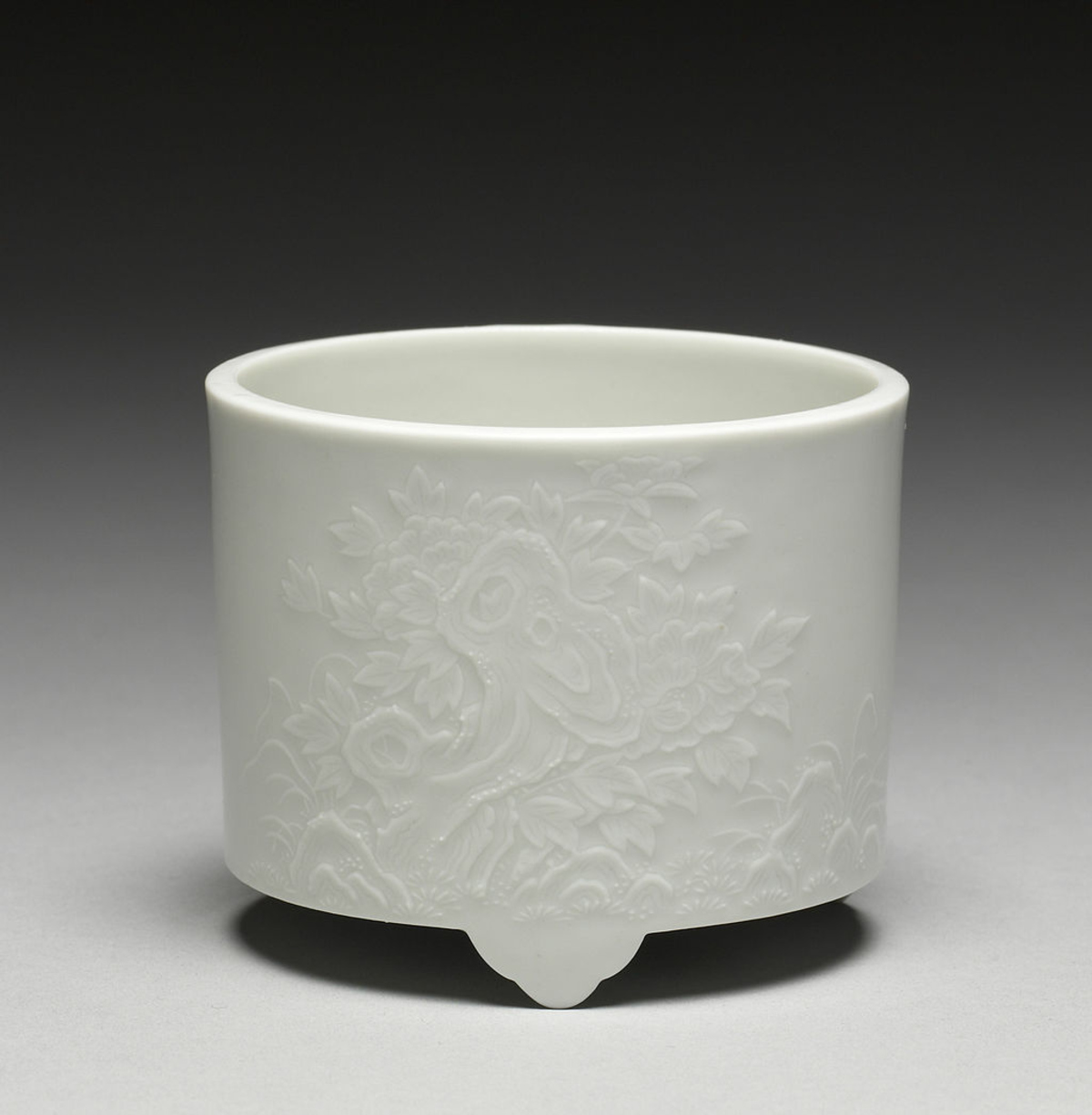
The modern fragrance culture of Japan
In the 20th century, Japan began to integrate Western influences into its fragrance culture. Particularly after the country opened up to international trade in the late 19th century, Western perfumes and fragrances were introduced to Japan and became increasingly popular.
Japanese perfumers created fragrances that combined both Western and traditional Japanese elements. In addition, Japan-based companies such as Shiseido and Kanebo expanded their ranges to include fragrance products that reflected the aesthetics of Japan and the country's characteristic scents.
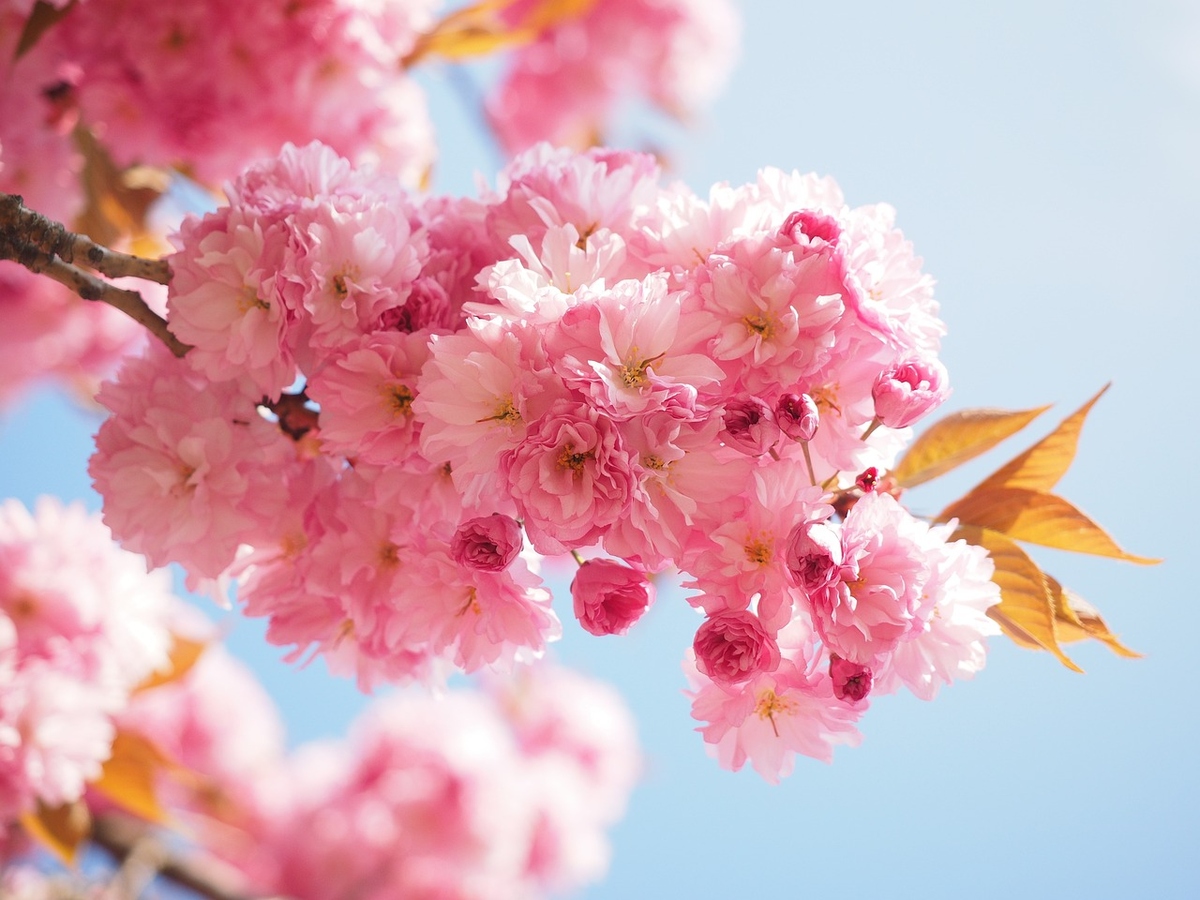
Despite Western influences, it is still considered impolite in Japan to wear strong perfumes. Nevertheless, the country offers perfumers numerous ingredients that are particularly suitable for clear, aromatic fragrances. These include the cool, green aroma of bamboo, the earthy, lemony note of ginger and the delicate, fruity radiance of the citrus fruit yuzu. Extracts of Japanese sickle fir or cedar enrich the variety of woody ingredients, while lotus blossom, nashi pear blossom, camellia and plum blossom lend the floral fragrances their characteristic notes.
Incense scents are still particularly popular today. In specialist incense stores, especially in the imperial city of Kyōto, you can find pressed incense powders for burning, for example, which are offered in the form of flowers, tea and sweets. A few years ago, paper incense leaves came onto the market, followed by incense strings, which can be tied into elaborate bows ("mizuhiki"). Incense sticks with unconventional fragrances are now also part of the diverse range.
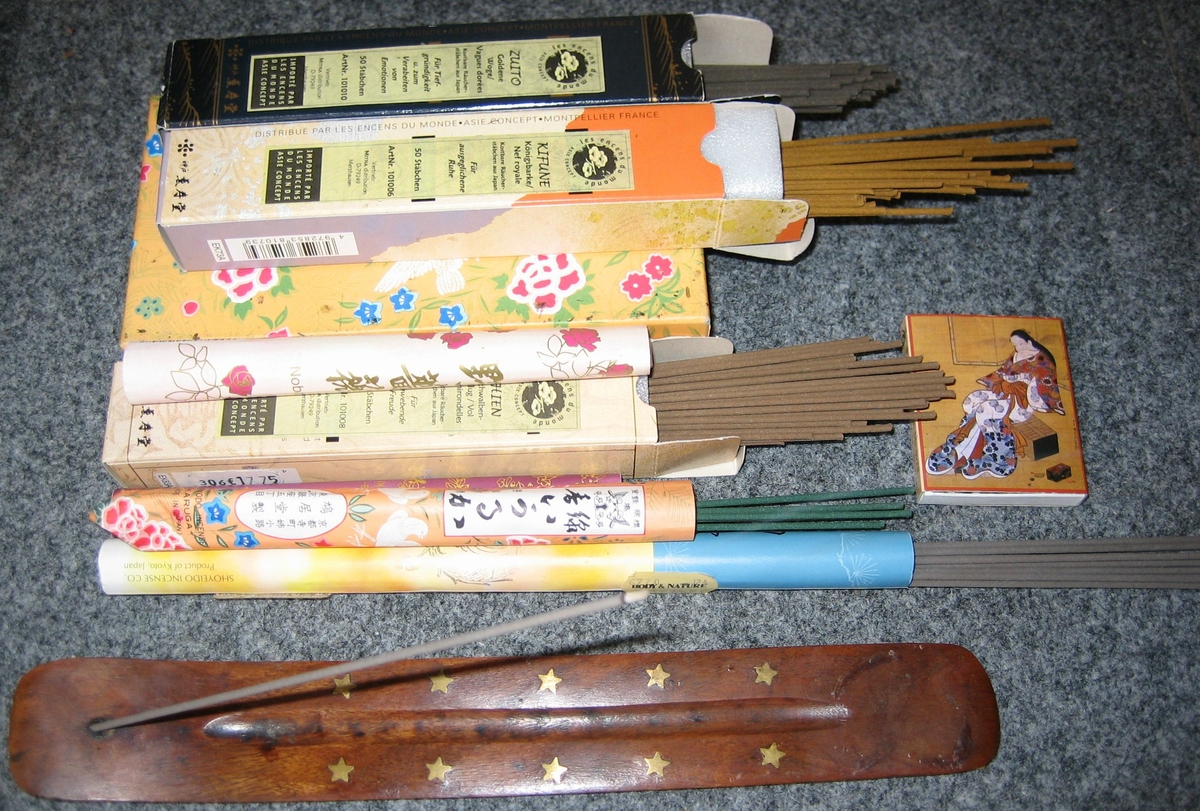
Have you ever come into contact with Japanese fragrance practices? Are there certain aspects of this fragrance culture that particularly fascinate you?
Sources: pixabay.com; Bild vom Walters Art Museum via Wikimedia Commons: https://commons.wikimedia.org/wiki/File:Japanese_-_Incense_Burner_(%22Koro%22)_with_Peonies_-_Walters_491755.jpg, Bild von Wiiii, CC BY-SA 3.0, via Wikimedia Commons: https://commons.wikimedia.org/w/index.php?curid=8231316, Bild von Andreas König, Gemeinfrei, via Wikimedia Commons: https://commons.wikimedia.org/w/index.php?curid=9759171


 Mikayla
Mikayla
